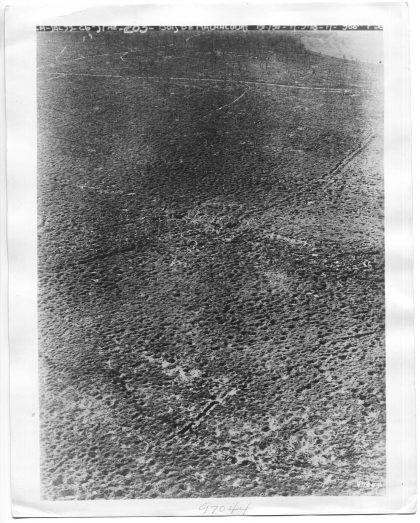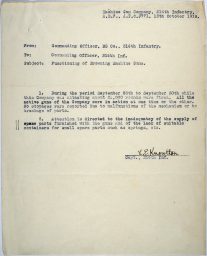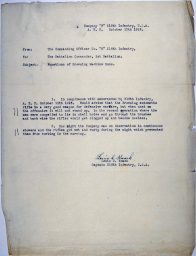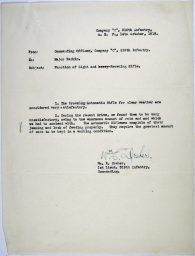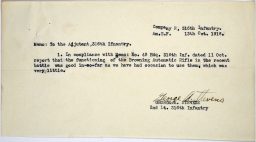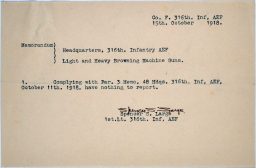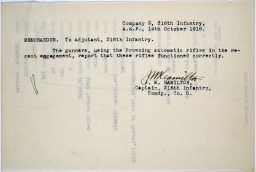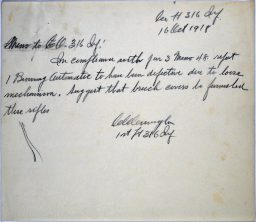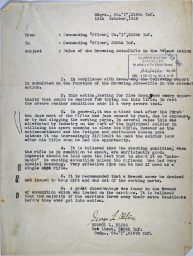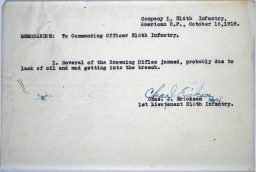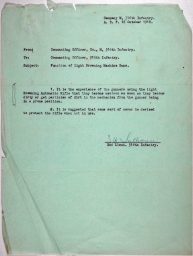It’s a good time, in the New Year and entering the 12th year of blogging, with 11 now behind me, to take a look at where we stand, and where we’re going. I am not as optimistic as many people, and I believe in some ways we’ve lost ground since I started blogging. Here are some observations:
- When I started blogging, the gun rights movement owned the Internet. This is no longer the case. If you go into any gun related thread, you’ll find madness and ignorance screeching pretty loudly on both sides.
- Reasonable people have given up arguing on the Internet. That’s been left to the crazies.
- Back in 2008, this was an eminently democratic medium. Literally anyone could start a blog, and sometimes it feels like almost everyone did.
- Today, in 2018, the Internet is controlled by a handful of large corporations. Those corporations have, whether deliberately or not, killed the democratic nature of the Internet that existed in 2008.
- In 2008, there was no social media. In 2018, social media has driven a good portion of the American Population, especially those who follow politics, quite literally crazy.
- Social media favors those who spend money to seed the population with memes. While money wasn’t useless in 2008, you didn’t build an audience by spending money. Remember all those successful gun control blogs that got started a decade ago? We already had the networks in place to build a community, and we did. They didn’t, and their attempts were comical. Social media allows micro targeting, and to reach people who are most prone to be open to your messaging. In 2008, the new media favored those who already had horizontal interpretive communities in place. In 2018, social media lets you build those communities if you’re willing to spend the time and money.
- In 2008, the gun control movement was nearly bankrupt. It is now being largely funded single handedly by Mike Bloomberg, who has the money to outspend our movement for years if he’s willing. Additionally, that money will probably expand the donor base of the gun control movement beyond Bloomberg, because having that kind of money to spend is bound to be able to rake a broader donor base. I would be surprised if even absent Bloomberg’s money, Everytown doesn’t have a substantially larger pool of donors than Brady et al had in 2008.
- We bloggers were all out to crush the mainstream media in 2008, and we should pat ourselves on the back for succeeding. Unfortunately, I believe it’s been replaced by something far far worse.
- The wild west days of the Internet are over. Regulation will be coming. For years we fought Congress on what I would call crusty old people regulation, mostly along the lines of “Do you know what this Internet thing is doing to the children?” Same thing happens with every new technology that frightens people ignorant of it. We were right to fight off that. But I believe that after many years in the wilderness, eventually both parties are going to come to agree to Make Antitrust Law Great Again. Alphabet (Google) will be the big target, but once it becomes fashionable again, I don’t think it will stop there.
- I believe Facebook will either burn itself out, or our sense of etiquette online will adjust. I think the former is more likely. I gave up Twitter entirely. I don’t miss it. I’ve curtailed my Facebook activity substantially, and don’t regret that either. It was inevitable that, like Trash TV, we’d eventually get Trash Internet, and Facebook and Twitter are, if you ask me.
So where does this leave the gun rights movement?
- We haven’t had a real high level success in the federal courts in nearly a decade. This probably won’t change unless Trump gets one or two more court appointees. Trump’s court picks, so far, have been quite good. But we might have a very limited window to pack the courts with pro-2A judges. I don’t think any of the current SCOTUS justices are planning on retiring, and Ginsburg and Breyer will hold on to their seats until their dying breaths. Heller and McDonald are effectively meaningless without another SCOTUS ruling smacking down the lower courts. Much like Lopez and Morrison, the lower courts resisted and effectively rendered those rulings without substantial meaning.
- National Reciprocity will struggle to pass the Senate. I don’t think after 2018, it will be easier to pass. Again, I think we have a limited window here.
- I think we need a substantial victory to take the wind out of the sails of our opponents. Understand that National Reciprocity is effectively federal preemption for handguns. It’s limited, but it will make a difference. If we’re going to move forward rather than backwards, it will take a combination of federal action under the 14th Amendment, and favorable court decisions.
- The “bad” states will continue to get worse. Additionally, some blue states that are not bad will start going bad. Washington State and Oregon, just to name a few. Nevada might not be far behind. Colorado Dems got punched in the face, so to speak, after the magazine ban, and I don’t think will try anything again for a while. But eventually that lesson needs to be retaught, and at some point you won’t be able to touch them. California is now in the position where gun rights proponents can’t mount any meaningful legislative opposition.
- Polls are consistently showing that if you’re a Republican, you don’t favor gun control, and if you’re a Dem, you do. The Dems are more uniform in their pro-gun control beliefs than Republicans are in their pro-gun beliefs. Independents tend to lean a bit toward the pro-gun position, but this issue has become very very partisan, and it’s probably not going to get better.
- Our power has always rested on our ability to swing close elections. If gun rights become baked into the GOP numbers, that will mean Democratic control will be disastrous for us, because the perception will be that they already beat the gun vote. If we are to keep earning success, we have to continue developing a large pool of single-issue or near-single-issue voters. That actually gets harder, I think, the more polarized the country gets.

